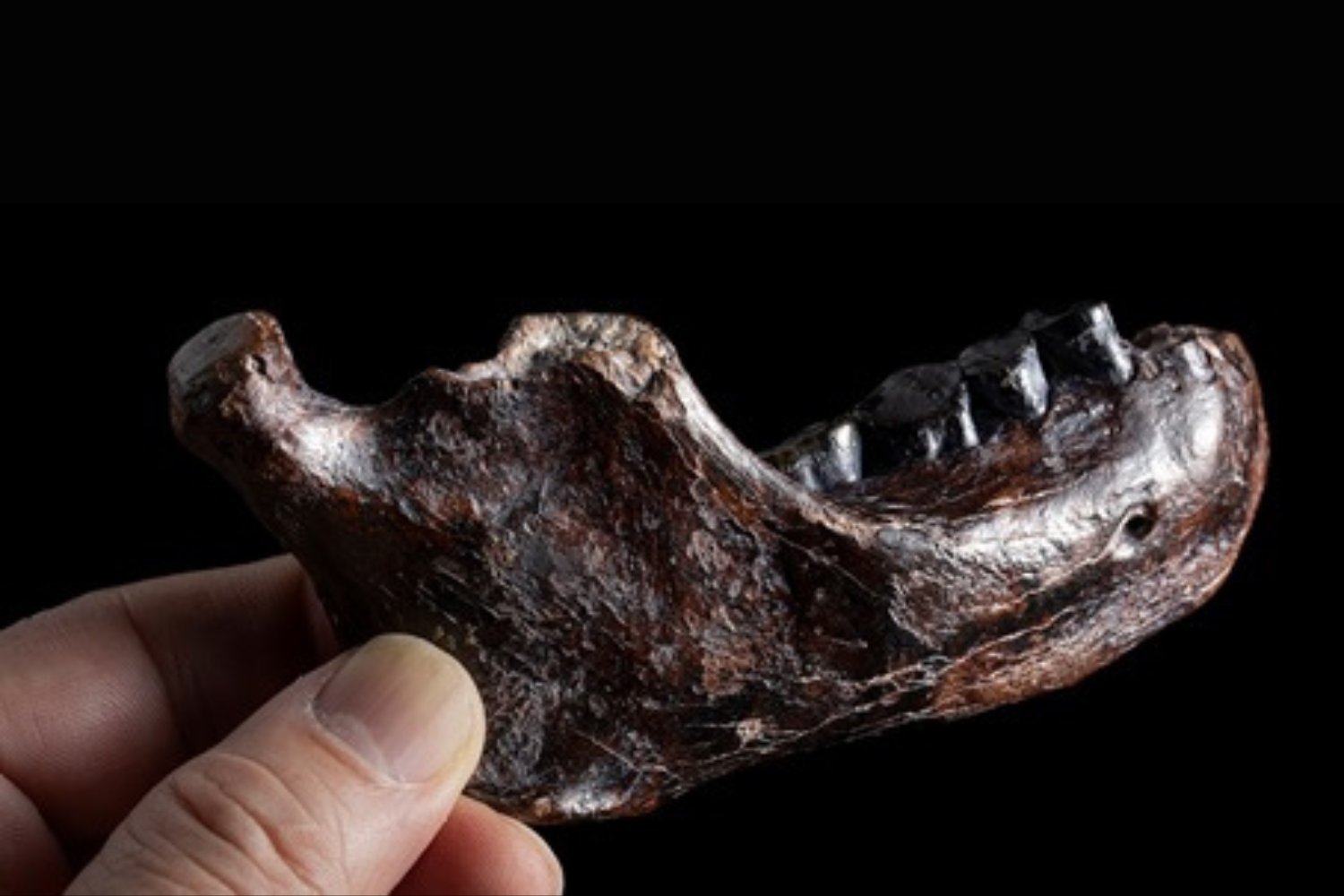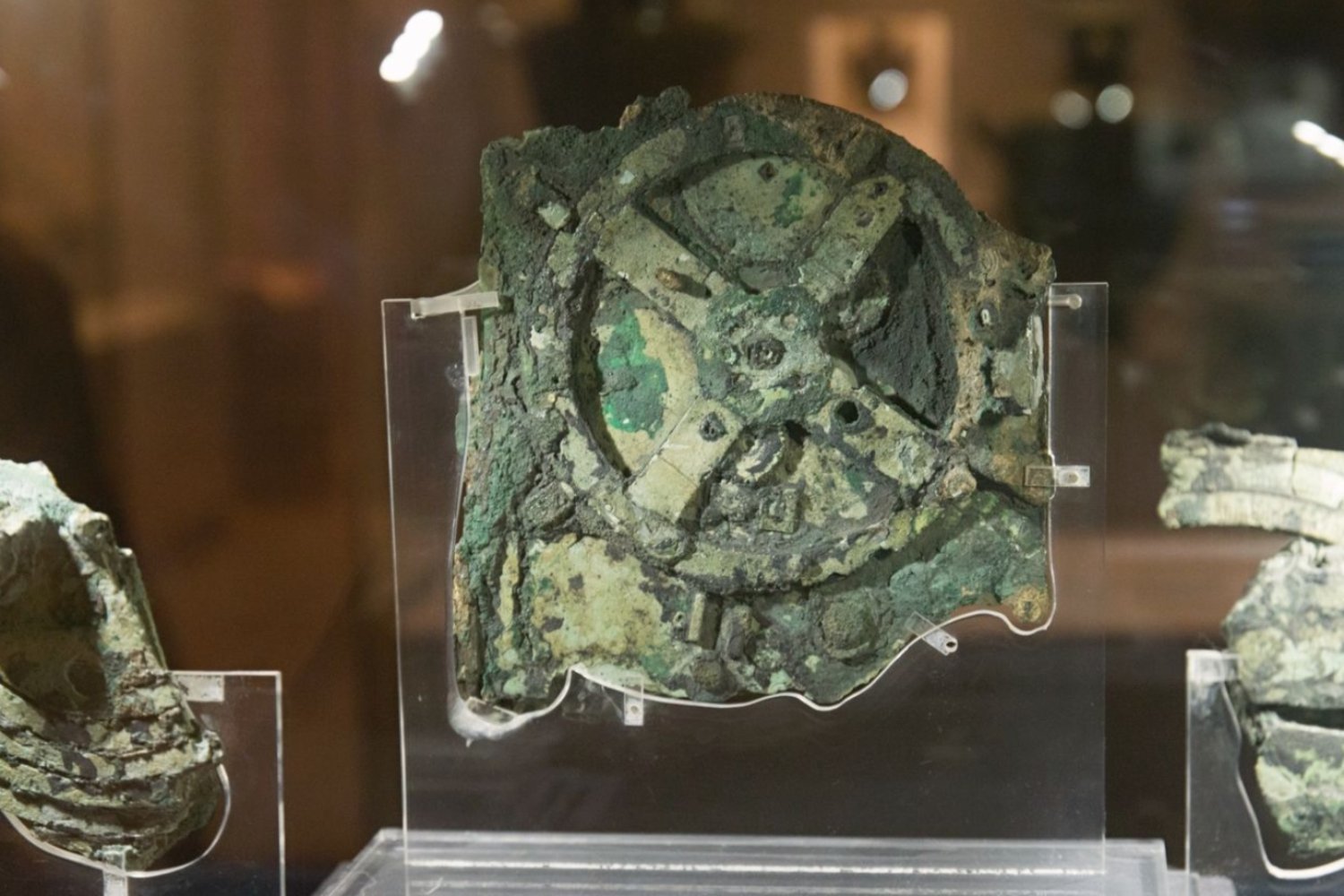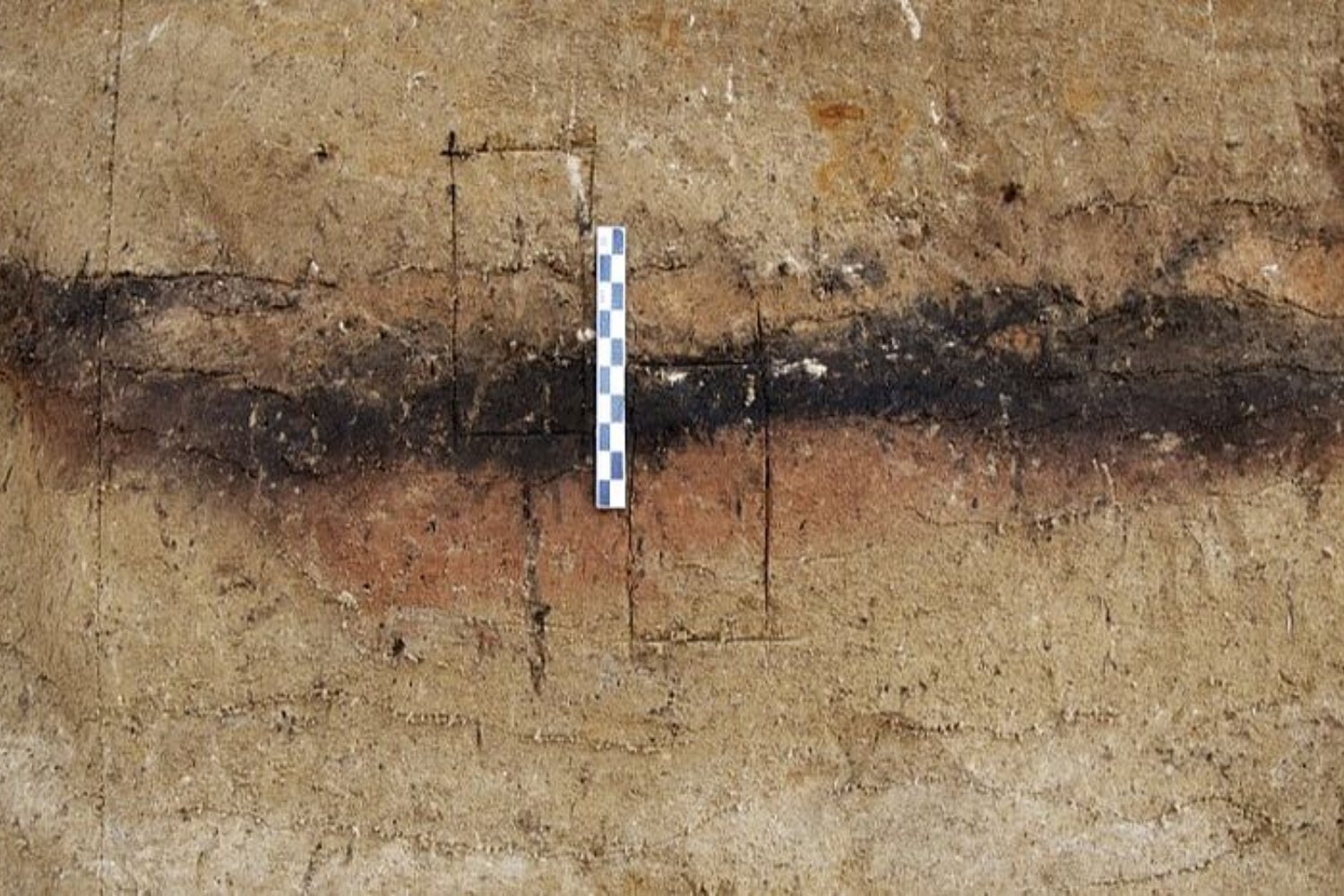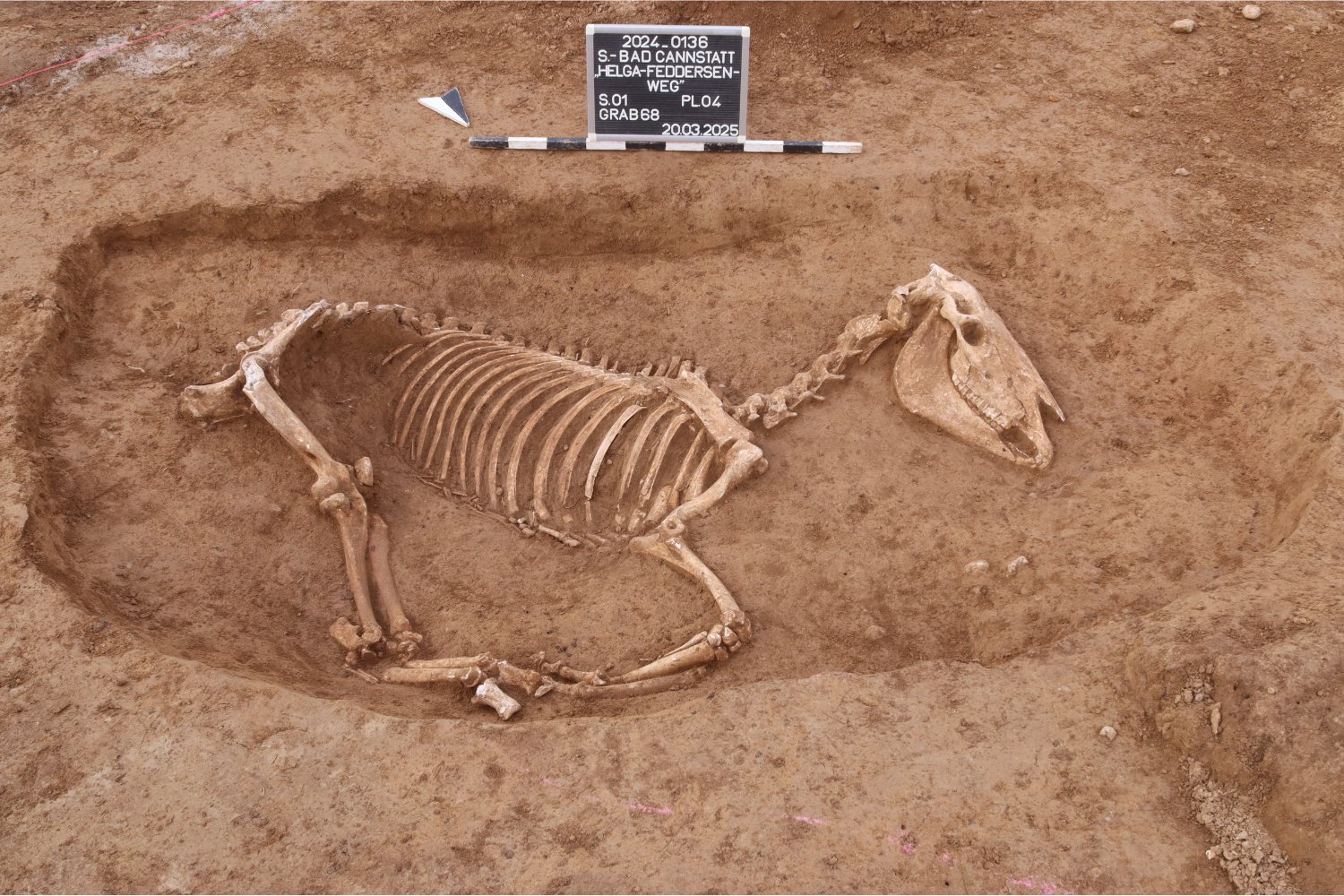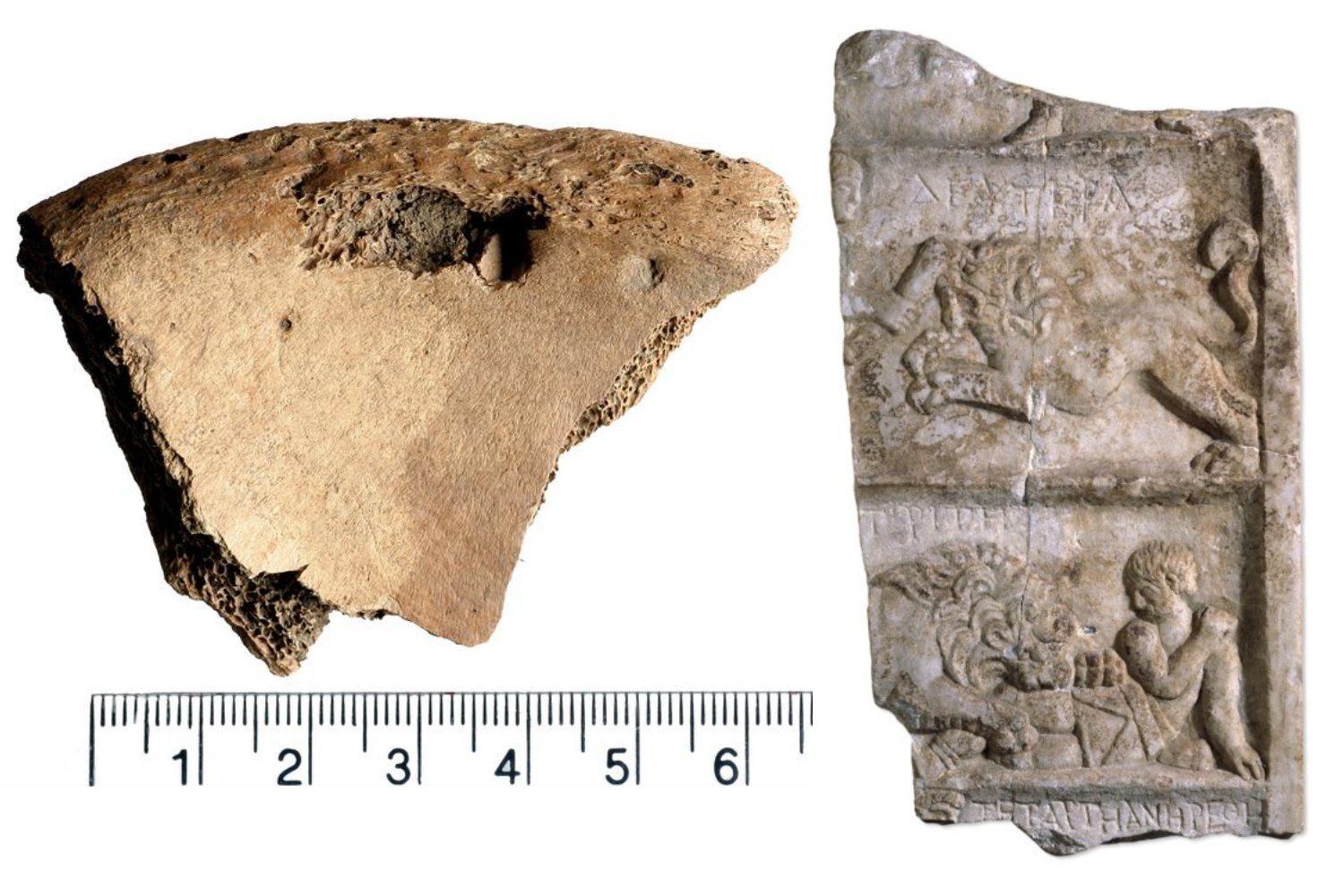The Denisovans, an enigmatic group of archaic humans related to Neanderthals, are believed to have existed from approximately 370,000 to 30,000 years ago. Our limited knowledge of this group stems primarily from fragmented fossils found in Siberia’s Denisova Cave and the Tibetan Plateau. A recent study, however, adds a crucial piece to the Denisovan puzzle.
Published in Science, the research details the analysis of a jawbone discovered in Taiwan. Using paleoproteomic analysis, researchers from Japan, Taiwan, and Denmark identified two Denisovan-specific protein variants, confirming the jawbone belonged to a male Denisovan. This discovery offers compelling evidence of Denisovans inhabiting diverse habitats and adapting to various climates.
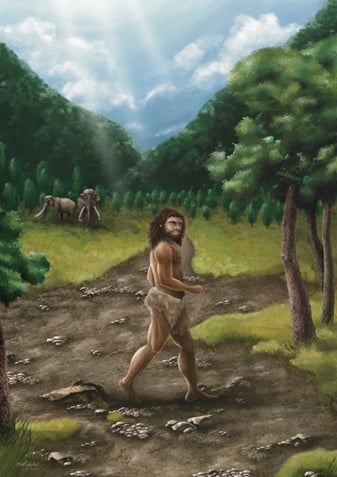 An artistic rendering of a Denisovan man.
An artistic rendering of a Denisovan man.
Fishermen dredged up the fossil, known as Penghu 1, alongside other animal remains from the seabed of Taiwan’s Penghu Channel. This area was part of the Asian mainland during the lower sea levels of the Pleistocene Epoch (2.5 million to 11,700 years ago). Dating the fossil proved challenging due to degradation, preventing direct methods like uranium-series or radiocarbon dating. Indirect clues, including chemical composition, nearby animal fossils, and sea-level data, suggest two possible timeframes: 10,000 to 70,000 years ago or 130,000 to 190,000 years ago.
Paleoproteomic Analysis Confirms Denisovan Ancestry
By sequencing proteins extracted from the jawbone and teeth, researchers recovered 4,241 amino acid residues (the building blocks of protein). Two of these residues were identified as Denisovan-specific variants, providing direct molecular evidence of their presence in modern-day Taiwan. This finding supports the theory, previously suggested by genetic studies of modern humans, that Denisovans inhabited Southeast Asia.
 A map showing the location of the Penghu Channel.
A map showing the location of the Penghu Channel.
Implications for Denisovan Distribution and Adaptation
It is known that Denisovans interbred with both Neanderthals and modern humans, leaving genetic traces in some present-day populations, particularly in Southeast Asia. Prior to this discovery, molecularly confirmed Denisovan fossils were exclusively from Northern Asia. The Penghu 1 jawbone confirms their wider distribution across East Asia, as suggested by modern human genomic studies. Furthermore, the presence of Denisovans in diverse geographical and climatic zones, from the cold northern winters to the warm, humid tropics, highlights their remarkable adaptability.
Morphological Features of Penghu 1
Morphological analysis of the jawbone revealed a robust structure with large molars and distinct root structures. These features are consistent with Denisovan fossils from the Tibetan Plateau, potentially representing broader Denisovan characteristics.
 Close-up of the Denisovan jawbone.
Close-up of the Denisovan jawbone.
Expanding Our Understanding of Denisovan History
This study provides valuable insights into the Denisovans, an ancient human relative about whom much remains unknown. The discovery of Penghu 1 expands our understanding of early human development and Denisovan distribution across Southeast Asia, highlighting their adaptability and wider range than previously thought. The research emphasizes the importance of paleoproteomic analysis in unraveling the complexities of human evolution.



